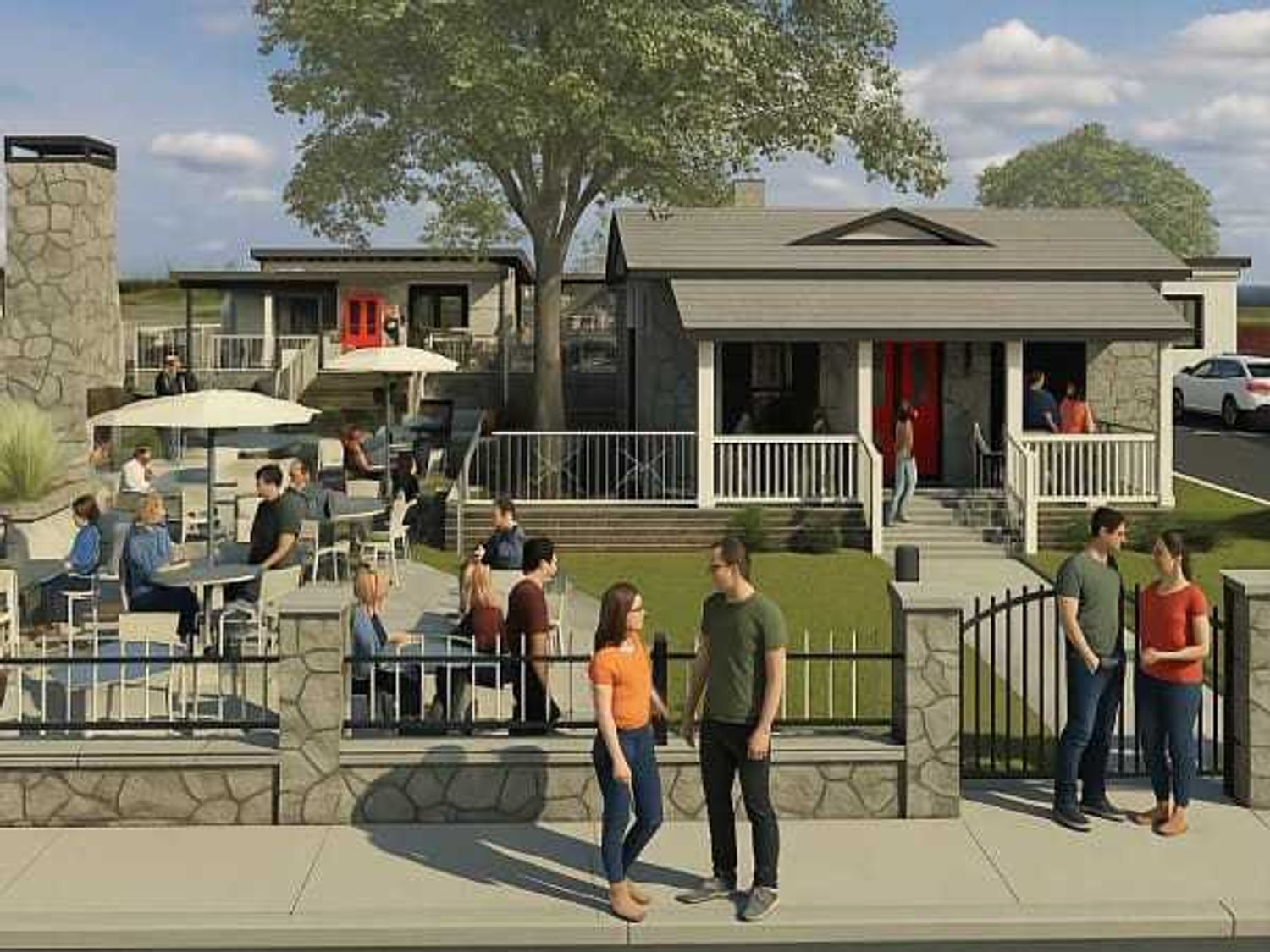Connecting Alamo City
Ambitious new transit plan wants to keep San Antonio moving forward

Imagine boarding a bus somewhere along Loop 1604, on San Antonio’s Northside, to take a leisurely trip to the Mission San Jose on the Southside. Under ConnectSA, an ambitious new transit plan, this wouldn’t be any regular trip crosstown. The bus would follow an Advanced Rapid Transit corridor to the San Antonio International Airport, along San Pedro Avenue and the Mission trail to Brooks’ new transit center. Along the corridor would be train station-like platforms at key spots, part of a brand-new system designed to keep local commuters moving across a growing city.
The draft ConnectSA plan, which Mayor Ron Nirenberg and Bexar County Judge Nelson Wolff unveiled in December, involves the ART corridor and other proposals, all designed to help reduce traffic congestion on traditional roadways and to give San Antonians more transit options. The innovative project leverages technology to increase safety and efficiency, manage congestion, connect to jobs, promote sustainability, integrate mobility networks, enhance access, and provide more transportation choices.
Former Mayor Henry Cisneros, who led President Clinton’s Department of Housing and Urban Development, is one of three chairpeople overseeing the initial ConnectSA efforts. A nonprofit group, also called ConnectSA, will be charged with putting approved plans and initiatives into action.
An estimated 1 million more people are expected to move into Bexar County, one of the nation’s fastest growing areas, over the next 20 years, making roadway and public transit improvements critical. Community leaders hope to secure $1.3 billion for such measures through 2025, and an extra $1.4 billion through 2030.
How busier will such a population surge make local roads? The average driver will spend an additional 40 minutes a day stuck in traffic by 2040, according to the ConnectSA plan summary.
Road congestion will cause a drop in average speed by nearly half. Total vehicle hours of delay will increase by more than 900 percent (yes, 900) from 2010 to 2040, the summary suggests.
“That translates into about 166 extra hours each year, or seven full days sitting in traffic by 2040,” Cisneros told City Council members in a recent briefing. “We cannot just build our way out of congestion.”
Aside from the ART corridor, some of the 25 potential projects that local leaders hope to see realized under ConnectSA by 2025 include:
- Provide a universal app to pay for all public/private transportation fares and fees
- Launch autonomous, or self-driving, vehicle pilot projects
- Provide traffic forecast information to travelers related bad weather, emergencies, and scheduled major events, such as Fiesta, Spurs games, or concerts
- Collect transit fares off vehicle to reduce delays when boarding
- Build new lanes in congested areas
- Rebuild intersections to increase capacity
- Build 40 miles of lanes that provide dedicated, protected right-of-ways for bicyclists, riders of e-scooters and e-bikes, and other micromobility users
- Install pedestrian detection systems at key intersections
- Construct mobility hubs countywide to integrate trip options and destinations
- Build new sidewalks and fill in existing sidewalk gaps
(It's worth noting that ConnectSA does not involve any proposals for commuter/light rail or toll roads, both of which proved controversial among parts of the community in recent years.)
In order to fund these projects, local leaders suggest redirecting one or two existing local sales taxes, bond issues, leveraging private/public partnerships, and creating new user fees and other revenue sources.
While Councilmen Greg Brockhouse and Clayton Perry questioned the potential funding sources for ConnectSA, most elected leaders have expressed preliminary support for the initial goals and recommendations. Cisneros said he’s optimistic that San Antonio will rise to the challenge and find the funding for such initiatives, like other cities have done in addressing their own transportation needs.
Organizers attached to the ConnectSA mission say they will spend most of 2019 holding dozens of public meetings citywide, gathering input from residents and other stakeholders. Cisneros and associates also plan to meet with local chambers of commerce and fellow business organizations and major employers, among others.
Councilwoman Shirley Gonzales said ConnectSA sparks a much-needed public discussion about San Antonio’s transportation future.
“Many of the elements of the plan are initiatives which are already underway, such as enhanced public transportation, alternate mobility lanes, and increased sidewalk construction," she added in a press release. "I’m looking forward to working towards bringing all of these elements together under one plan.”

 Hill & Bach Cellars will bring Paso Robles wine to Boerne. Rendering courtesy of Hill & Bach Cellars
Hill & Bach Cellars will bring Paso Robles wine to Boerne. Rendering courtesy of Hill & Bach Cellars